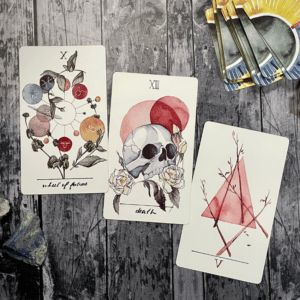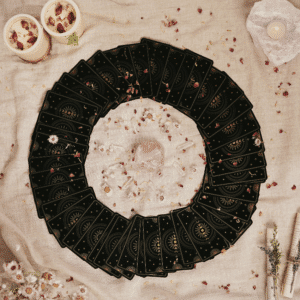Similar: Summer Solstice, Winter Solstice
Litha is another name for the Summer Solstice, which is celebrated in mid-June. This celebration in the northern hemisphere is also called midsummer. This date is the longest day and shortest night of the year as this is the solar peak and is believed to be when the Sun is at its most powerful.
Traditionally a Pagan holiday, celebrations of Litha or Midsummer is common in northern European countries and Wiccan Sabbats. Since dates vary depending on where you are in the world, Litha is listed as usually taking place between June 19th and June 25th in the Wheel of The Year.
While it is known as Midsummer in the Western world, this celebration has many names from all around the world: Midsummer, Midsummer’s Eve, Gathering Day, St. John’s Day, St. John’s Eve, Summer Solstice, Alban Hefin, Feill-Sheathain.
Common themes associated with this event are growth, nature, abundance, magic, nourishment
If you were to attend a Midsummer celebration you would be treated to bonfires, feasts, singing, maypole dancing, and different ways to connect to nature. To reference this connection to nature, it is common to see many altars or festivals featuring oak, herbs, mistletoe, flowers (sunflowers and colorful bunches of summer season flowers), and honey.
It is the opposite of the winter solstice (also called midwinter, or Yule). It is important to note that Litha in the northern hemisphere is midwinter in the southern hemisphere.



